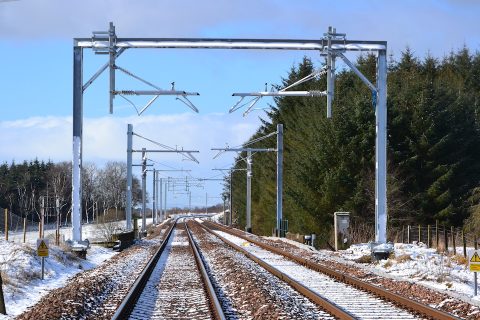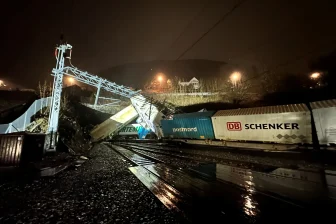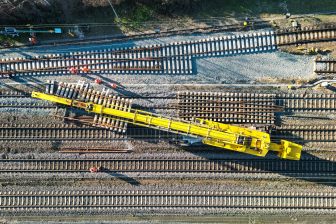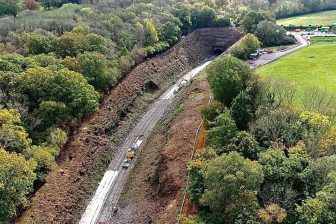
Scotland given the power to electrify railways
New wires (Network Rail)
Scotland’s publicly run railway has been given the funding to address electric power supply issues. The injection of 120 million pounds (140 million euros) will help the network reach the Scottish government’s ambitious target of completely decarbonising operations by 2035.
Want to read more?
You have read all of your free premium articles for this month. Please become a subscriber to keep reading.
Subscribe now!
Take advantage of our exclusive offer to get full access to all premium content.




Who is providing the “injection” of 120 million pounds?, UK Government / Scottish Government or Network Rail directly?
Full Railway Network Electrification is AMBITIOUS!!??
It should be the SOP of every government Globally to electrify all existing and new lines by 2025.
There is nothing ambitious in the expectation of 100% electrification by 2025.
Ambitious would be to say, all railways by the end of 2022!